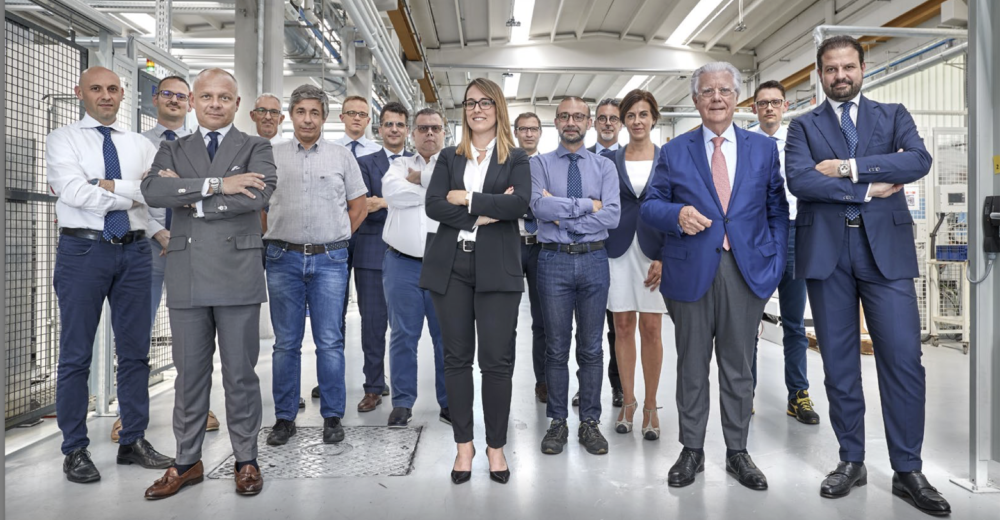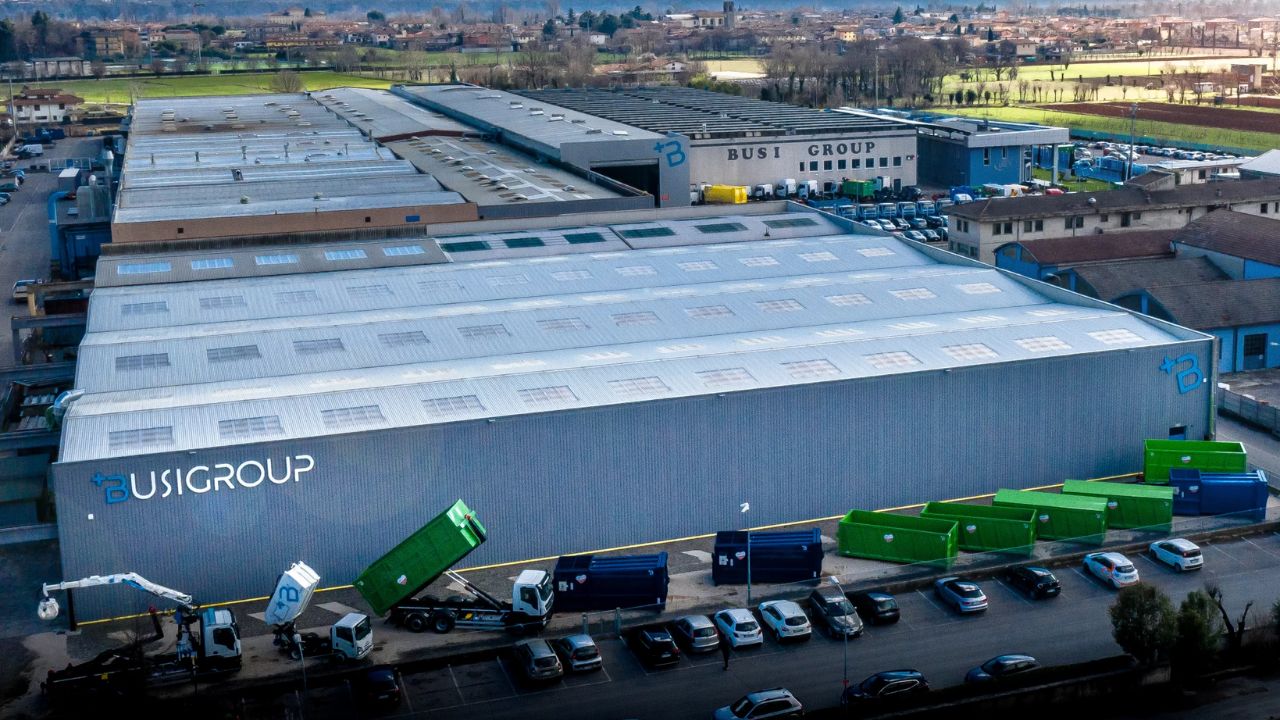Employer branding: successful strategy in 12 steps!

X, Y, Z: three letters used to designate three generations of workers, from those born in ’61 to those born after 2000, who for the first time in history coexist in companies together with the so-called “baby boomers”, the generation of those born between ‘45 and the 60s.
Women and men who present systems of values, languages and objectives that are so different that they potentially even represent an obstacle to the productivity and efficiency –and therefore to the success – of the business.

For companies, it is increasingly strategic and forward-looking to prepare themselves to change the processes and ways of working and to be able to show themselves attractive also for the new generations of workers, who today are showing, unlike previous generations, strong mobility in the labor market with the aim of seeking the ideal job.
What are the characteristics that younger generations look for in companies?
To analyze differences, analogies and needs of each generation of workers, it is important to understand the influences, priorities, ways of reasoning, professional expectations and learning styles typical of each generation, but also the fears that move these workers.
We are at an important turning point: the business needs of companies, and the needs and security of people are on the same level and must progress hand in hand, to guarantee the sustainability of the work and success of a company.
Only with an integrated strategy that considers both plans can the expected result be achieved, and the Lean Lifestyle Company model is the methodological approach that can simplify change and maximize results, to build a company in which results are as important as well-being and the ways in which they are implemented to achieve them.
Here are 12 tips to be truly attractive and irresistible!
1. Innovation…already in job vacancies
How and where the company offers work is important. The social networks of reference for Generation Z are different from those of Millennials and previous generations. Being present on Snapchat and Tik Tok is a strategy to consider if you want to offer a “story” closer to the communication style of the younger generations.
Furthermore, the section of the company website dedicated to open positions must be very careful and integrated with ad hoc communication plans to share not only the skills, but also the company culture, to implicitly present the advantages of applying.
2. Leisure
For the new generations, work does not have an all-encompassing dimension as for baby boomers and therefore the flexibility of timetables, organizational and space autonomy, work by objectives, become priority elements of choice, a guarantee of free time management without rigid constraints of entry and exit from the office.
Businesses need to focus on creating a real balance for workers and this requires concrete policies, such as blocking emails at certain times of the day, or compensating them for overtime appropriately.
So, encouraging a culture that embraces flexible working hours, and mobility of working environments is the best way to start.
3. Personalized training
Training not only as an activity delivered from outside, but also through internal master classes that allow dialogue between generations and mutual understanding.
Furthermore, it is necessary to understand, together with the people involved, what the right balance can be between the desire for growth and the skills needed for the company. Other examples? Certifications such as personal and team bonuses, job rotation schemes, constant on-the-job training, digital learning programs, or the possibility of workshops related to one’s specialty.
4. Culture and values
The new generations are sensitive to the values communicated and lived within companies. From the selection process onward, it’s important that these values are correctly expressed by both parties so that there are no discrepancies between what is declared, what is perceived, and the reality of the behaviors experienced by people within the company.
Companies should hire for cultural fit. When the corporate culture aligns with the employees’ values and experiences, it establishes and reinforces a sense of belonging, which increases and solidifies the likelihood of feeling part of the team.
5. Sustainability and inclusion (or rather, unity)
The company that wants to attract the new generations must be concretely “sustainable” and “inclusive.”
How? For example, by designing green workspaces and demonstrating that the health and well-being of employees is a concrete priority. Furthermore, it must promote unity, in the sense that diversity of all kinds is gathered into a community, where there isn’t anyone who stands above and merely accepts the “different” other, but where the sum of many specificities converges and generates cohesion and a breadth of perspective.
6. Communicating and cultivating the dream
New talents are essential for an organization: they are sought after and courted during the recruitment phases, but they mustn’t be neglected after the hiring phase! More generally, every person in the company must be valued and considered a precious resource, day after day. This attention, when visible externally (also thanks to integrated communication, whose goals include communicating and spreading the corporate culture), will be considered a valid and concrete reason to choose one company over another.
7. Personalized benefits
Out with the pre-packaged, one-size-fits-all solutions made up of mere reimbursements and conventional agreements!
Only those who listen to the needs of their employees and can build new initiatives for them, even involving them in the design process, will be able to hit the target of satisfaction. They will also see an increase in the sense of belonging and a concrete reduction in turnover. Therefore, be mindful of modernizing corporate welfare strategies through services aimed at supporting personal interests and aspirations, which significantly contribute to increasing employee engagement.
8. Assigning goals and sharing company objectives
The new generations want goals that are worth committing to. They are resources who need continuous stimulation and precise targets to hit. They love challenges and commit their best effort to overcome them. The company must give them the opportunity to grow.
Monotony and a lack of prospects can deeply demotivate all resources, regardless of age. It is therefore essential to set up career paths aimed at growth and ensure their monitoring with shared, objective, measurable, and verifiable parameters at regular intervals.
9. Reviewing Leadership
For Millennials and Generation Z, it’s important to work with someone, not for someone.In fact, these generations are more prone to disorientation and are always seeking feedback.
This is why young peopleseek a leader, not an authoritarian boss, but a mentor who can inspire them and transfer skills in a collaborative way.
However, in many companies today, leadership remains a critical issue that prevents young people from getting the on-the-job learning and development they need.
Reconsider the organizational leadership model that best fits your company. To effectively lead work groups, leaders must also possess and develop soft skills.My advice? Start evaluating the leadership style of those in positions of responsibility or the potential of future leaders.
10. Give and receive feedback
A simple “Thank you” can boost morale. Trivial? Yes, but still not widely practiced.
Some more “advanced” ways to show your attention can include organizing corporate events, launching an employee recognition program, or holding weekly or monthly feedback sessions where you can give and receive feedback.
Providing regular feedback demonstrates a genuine interest in the development of the people within the company. Asking for feedback shows that you value their opinions and ideas.And yet, you must also ensure that you do something tangible for them: empty promises will get you nowhere.
11. Monitor the temperature
To identify critical issues and monitor the company’s overall status, it’s useful to distribute a cultural assessment, an anonymous survey (to encourage honest responses), and plan countermeasures to propose and/or implement after analyzing the responses. It is also recommended to establish systems for reviewing and monitoring the actions taken to assess their impact.
Let’s not let too much time pass before listening to and understanding the perception of resources. We don’t wait a year to get a sense of the situation.
12. Create a stimulating environment
Enriching the experience of employees at work through direct involvement is a path taken more frequently by the companies most attractive to the younger generation. Through structured idea collection systems, employees are asked to co-design new solutions to improve and simplify life at work.
Young people want a work environment focused on teamwork and are looking for a sense of community: for this reason, it is necessary to design flexible, collaborative and personalized environments.
If you want to delve further into these topics you can see the recording of the event held by Gianluca Ferrari, Lenovys partner, on this topic, or fill out the form below to have a discussion with a Lenovys consultant as soon as possible to understand what a competitive advantage it can be for your company start a change program to become a Lean Lifestyle Company.
Articolo a cura di:

Gianluca Ferrari
già Partner e Executive Director Lenovys
Laureato in economia e psicologia clinica, ha maturato più di 20 anni di esperienza nel mondo della consulenza strategica e in particolare in progetti nazionali e internazionali di cambiamento organizzativo, talent acquisition, sviluppo della leadership, valorizzazione del potenziale. In qualità di Change Manager ha diretto progetti di definizione di modelli organizzativi funzionali al raggiungimento della strategia aziendale, di analisi degli impatti culturali dettati da ristrutturazioni societarie e passaggi generazionali. Ha lavorato nei settori del retail e dell’automotive, per aziende del lusso e della moda, per industrie meccaniche, siderurgiche, chimiche, di servizi e per banche e assicurazioni. Da Dicembre 2021 è partner Lenovys.
Read more
Prossimi eventi








